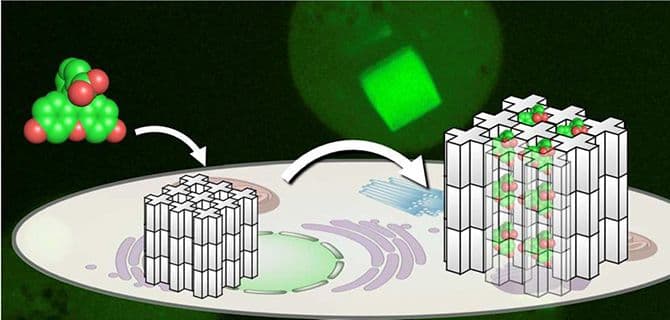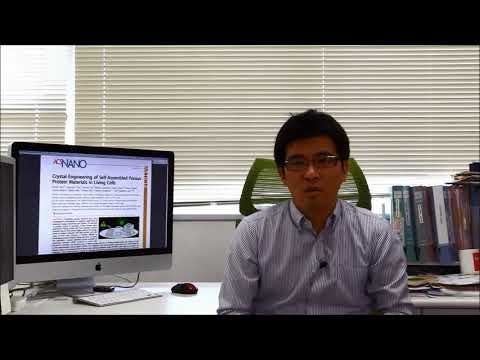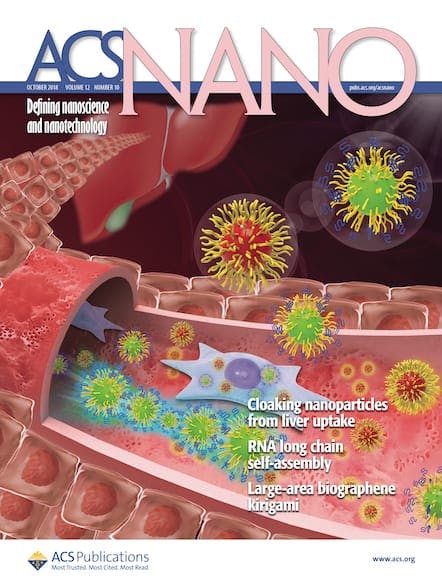Crystalline porous materials have been investigated for development of important applications in molecular storage, separations, and catalysis. The potential of protein crystals is increasing as they become better understood. Protein crystals have been regarded as porous materials because they present highly ordered 3D arrangements of protein molecules with high porosity and wide range of pore […]

Crystalline porous materials have been investigated for development of important applications in molecular storage, separations, and catalysis. The potential of protein crystals is increasing as they become better understood. Protein crystals have been regarded as porous materials because they present highly ordered 3D arrangements of protein molecules with high porosity and wide range of pore sizes. However, it remains difficult to functionalize protein crystals in living cells.
In this video, Professor Takafumi Ueno and Assistant Professor Satoshi Abe of the School of Life Science and Technology, Tokyo Institute of Technology, describe their research, which was recently published in ACS Nano. They discuss recent results regarding functionalization of protein crystals produced in insect cells. Porous protein crystals were designed and constructed for adsorption of exogenous molecules in living cells.

